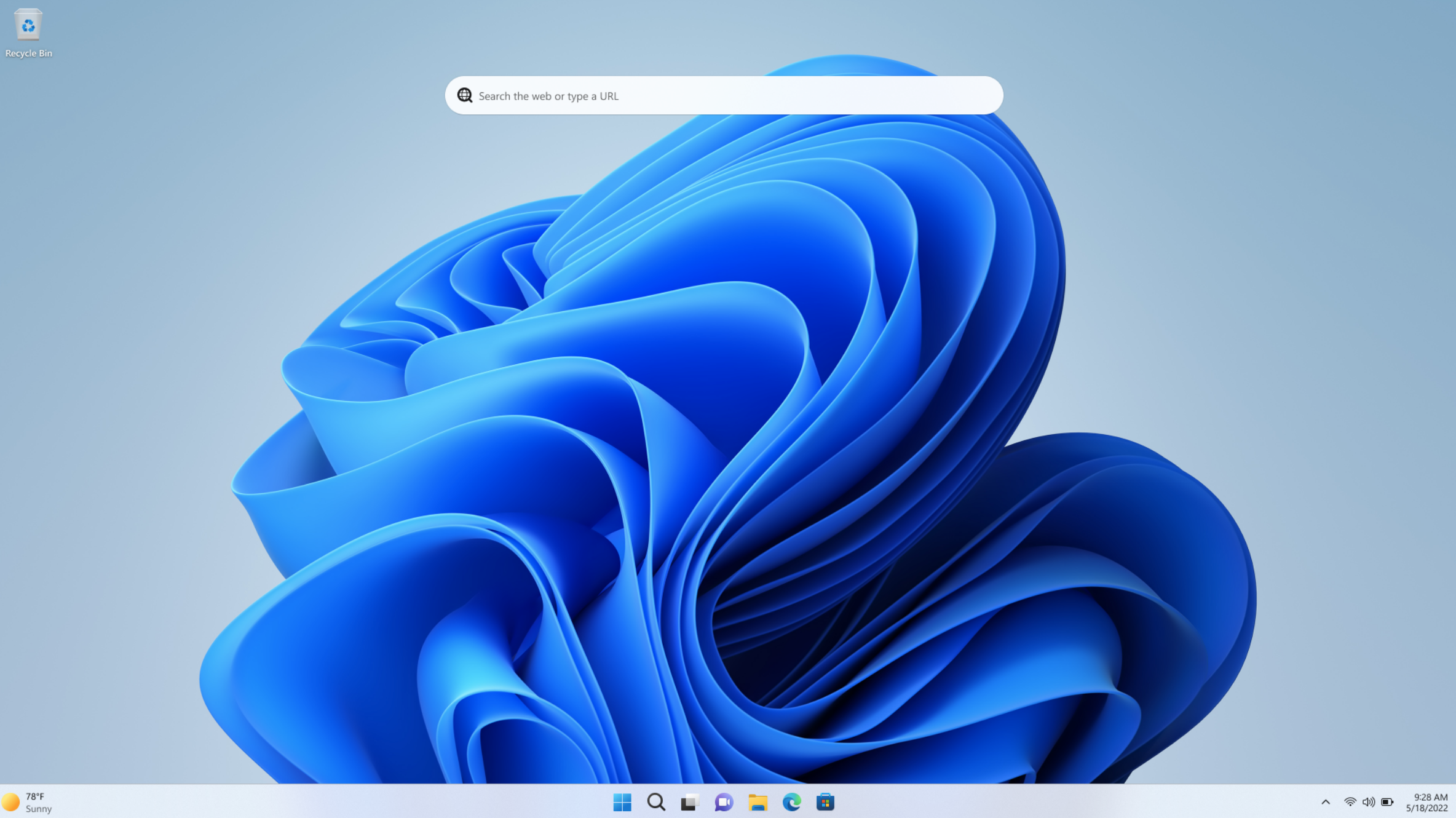Latest Windows 11 update cripples PCs. What to do if you're affected

 Image: Esmihel Muhammad / Pexels
Image: Esmihel Muhammad / PexelsLast week, Microsoft released the KB5041585 cumulative update for Windows that packed together a bunch of improvements and security patches along with fixing the BitLocker BSOD issue.
But in what appears to be a trend this year, this Windows update comes with some serious side effects.
Get Windows 11 Pro for cheap
Windows 11 Pro

According to IT blog Borncity (German), patch KB5041585 can cause Windows 11 PCs to crawl to a halt due to skyrocketing CPU usage. And according to Windows Latest, the patch can even fail to install altogether on some PCs. Complaints from affected users can be found across social media, such as in this Reddit thread.
Windows Latest quotes several affected users, including this one:
“This problem started as soon as the updates installed this morning. Any slightly heavy applications, such as Adobe Photoshop or Audition, or games like Diablo and World of Warcraft keep crashing, and this is the only change this PC has experienced since last month’s updates. Dialog box says ‘XXX program is using too much memory and must shut down’ even though Task Manager says I am only using 18% and there’s over 900GB free space on the drive. This has never been a problem until today.”
Windows Latest continues: “KB5041585 has also led to high CPU usage, with some users reporting that their CPU is constantly at 100%, causing everything to run slowly and leading to frequent timeouts.”
What to do if you’re affected
As of right now, the only guaranteed way to resolve these issues is by going to Settings > Windows Update > Update history, then scroll all the way down and select Uninstall updates, then click Uninstall next to the item listing for the KB5041585 update.
A word of warning: Because this cumulative update patches several security vulnerabilities, uninstalling the update is not recommended.
Alternatively, you might find some relief by disabling Control Flow Guard. You can do this by launching Windows Security, selecting App & browser control in the left navigation, scrolling down to Exploit protection, clicking on Exploit protection settings, and then changing the Control flow guard (CFG) setting to Off by default.
Another word of warning: Control Flow Guard is an important Windows security feature that protects you against memory corruption exploits. If you end up disabling this, make sure you re-enable it when a proper fix is released. Otherwise, you leave yourself vulnerable to malicious attacks.
Microsoft is rumored to be aware of the problem and working on a solution. However, the official support page for this patch still states “Microsoft is not currently aware of any issues with this update.”
Also in this patch: Windows update breaks Linux dual-boot setups
This article originally appeared on our sister publication PC-WELT and was translated and localized from German.
Author: Hans-Christian Dirscherl, Managing Editor, PC-WELT

Hans-Christian Dirscherl began his IT life with Autoexec.bat and config.sys, Turbo-Pascal and C, Sinix and Wordperfect. He has been writing on almost all IT topics for around 25 years, covering everything from news to reviews and buying guides.
Recent stories by Hans-Christian Dirscherl:
Windows 11 updates are about to become a lot easier with hotpatchingEvery Windows user should read Microsoft’s latest webpageWindows 11 gets an updated Microsoft Store with better app control







